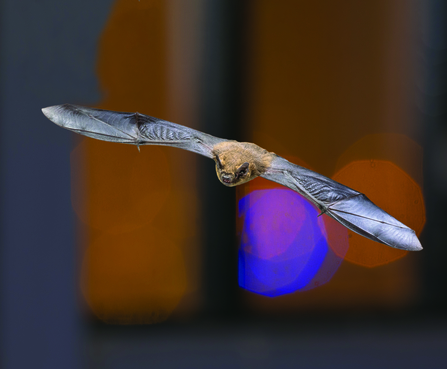Bats
This week marks the end of Bat week, an international celebration designed to raise awareness about the need for bat conservation.
Bats have got rather a bad reputation over the years, associated heavily with Count Dracula and blood-sucking – especially around Halloween! In actuality there are an amazing 18 species of bat in the UK, none of which suck blood but all of which are vital for our ecosystems.
From the tiny pipistrelle bat, which weighs the same as a 2p coin, to the noctule bat dwelling in trees, our bats work hard as pollinators, insect control and seed dispersers – without them we would live in a very different world!
Bats are less active as the winter draws in and mating season finishes, but you can still spot them if you know where to look! Bats roost in holes in trees and old buildings, and feed in parks, gardens and woodland, and they can also be spotted at several of our reserves, including Potteric Carr.




